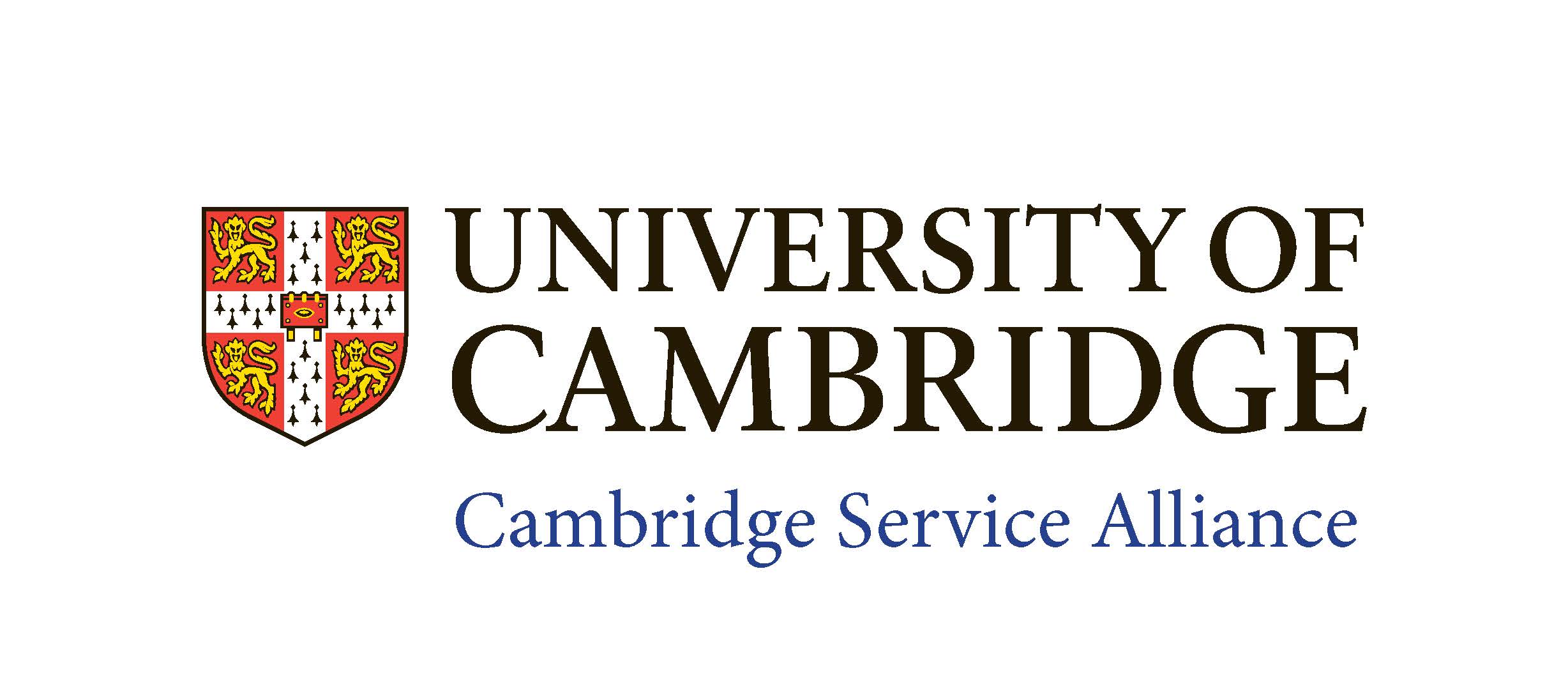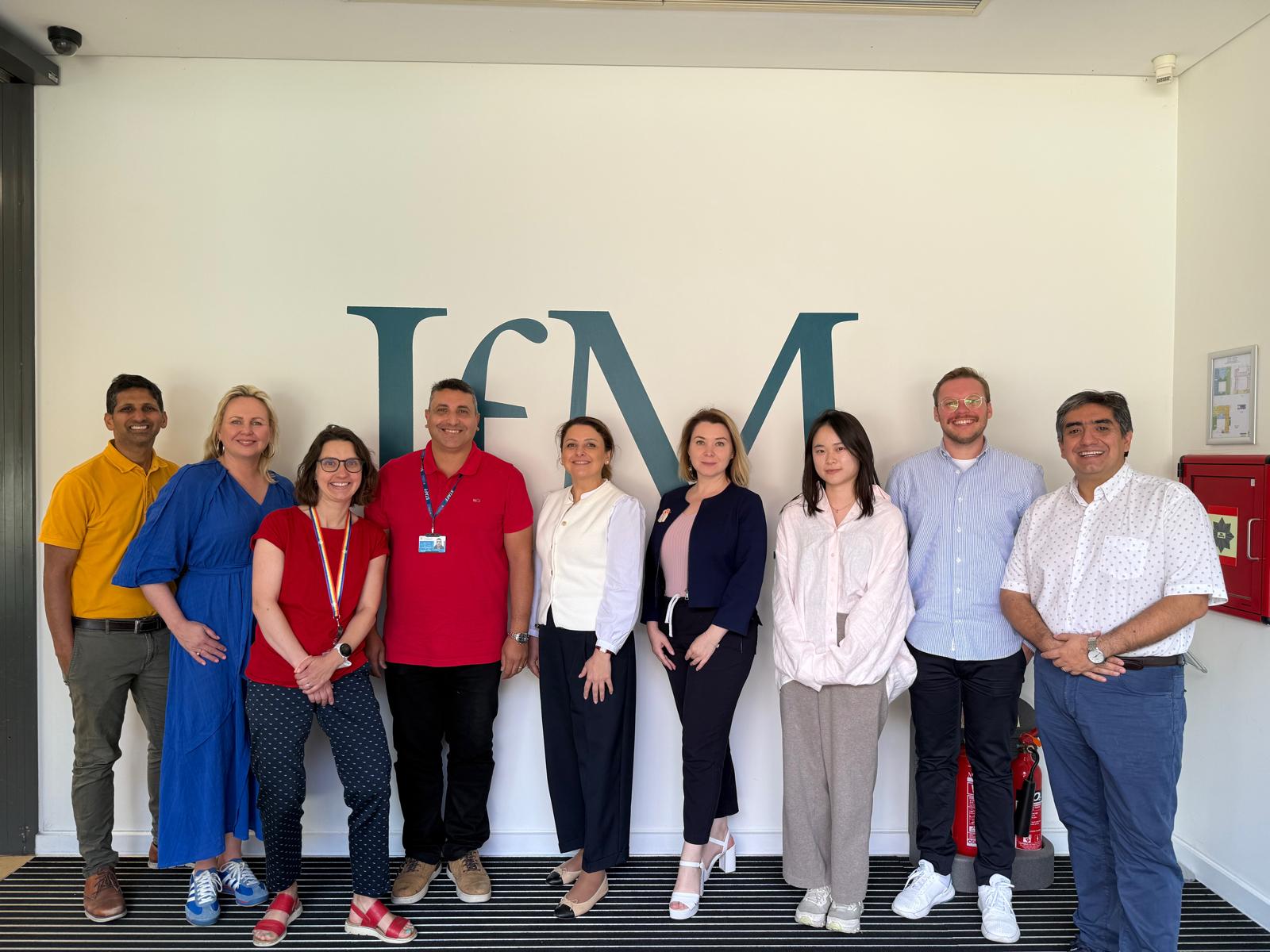
Submitted by Angela Walters on Thu, 21/05/2015 - 11:33
In this Podcast Ornella Benedettini discusses the research behind the paper: “A Capability-Based View of Service Transitions”. The study set out to look at 138 companies in the aerospace and defence industry during 2013 and 2014. Surprisingly they found that firms don’t add greater value to their profit margins by loading more and more services into their product offering.
The shift to services is a phrase manufacturing firms are now increasingly familiar with, but there may still be significant inertia amongst management teams about how they make that “shift” in their company.
In a new paper from the Cambridge Service Alliance: “A Capability-Based View of Service Transitions”, by Ornella Benedettini, Jane Davies and Andy Neely our researchers offer advice on the best way to make the transition from products to services.
The study set out to look at 138 companies in the aerospace and defence industry during 2013 and 2014. Surprisingly they found that firms don’t add greater value to their profit margins by loading more and more services into their product offering.
In our May podcast one of the Paper’s authors, Ornella Benedettini says:
“A company can offer to supply services even if it lacks the necessary capability but it won’t always get the outcomes it expects. It is surprising how overlooked this issue of capabilities has been in the literature. There are very few studies that look at capability explicitly and this is what attracted our attention.
“In this single industry study we are looking at a broad range of service offerings. We set out to map and look at how manufacturers organise their service relevant capabilities in practice and to assess their resulting financial performance. “
Specifically, the study seeks to empirically investigate:
- How manufacturers organise their service relevant capabilities.
- How different services require different capabilities.
- How and if greater service capabilities actually link to greater firm performance.
The Alliance has developed its own measurement tool to help companies audit their capabilities to make the transition to services. Ornella explained how this works:
“Our Alliance Audit Capability Tool underscores that when manufacturers make the transition to services they need to innovate their value proposition, often by committing to deliver outcomes to their customers. They do this within and emerging ecosystem that they need to understand and track. But they will also need to innovate their value delivery system, by partnering with other businesses; however this introduces greater risks or accountability spread. “
The Alliance Capability Audit Tool contains four key categories of capabilities: value proposition, ecosystem awareness, value delivery and accountability spread. There are also 12 bundles of capabilities within these four categories digging down to define over 70 capabilities.
Commenting on some the findings, Ornella said: “ We expected different companies to have different levels and sets of capabilities…. and indeed we noticed a significant difference in the capabilities offered and some appeared more often in some companies than others. “
There were three main conclusions from the study:
- The study used annual report narratives and content analysis technique to extract information on service capabilities. It showed how a framework like the Alliance Capability Audit Tool can be tested empirically using secondary data.
- All the four categories of capabilities were contained in the annual reports. The researchers will also be quantifying the frequency of individual capabilities and conducting factor analysis to identify any latent grouping.
- There was a U-shaped inverse relationships between number of services offered and both firm profitability and market value – if companies offer more than 8 or 9 services it is not more financially profitable for them.
Ornella continued: “Our study is still ongoing we want to explore further the relationship between service capabilities and financial performance and the nature and extent of the shift to services companies are making.
“We want to provide managerial insights so that companies can align properly their service strategy with their organisational capabilities. Companies need to understand which services fit better with their capabilities and what new capabilities they need to develop in order to offer specific services so that they don’t waste resources. “
Ornella said she hoped a new version of this study would be ready by the end of the year.



